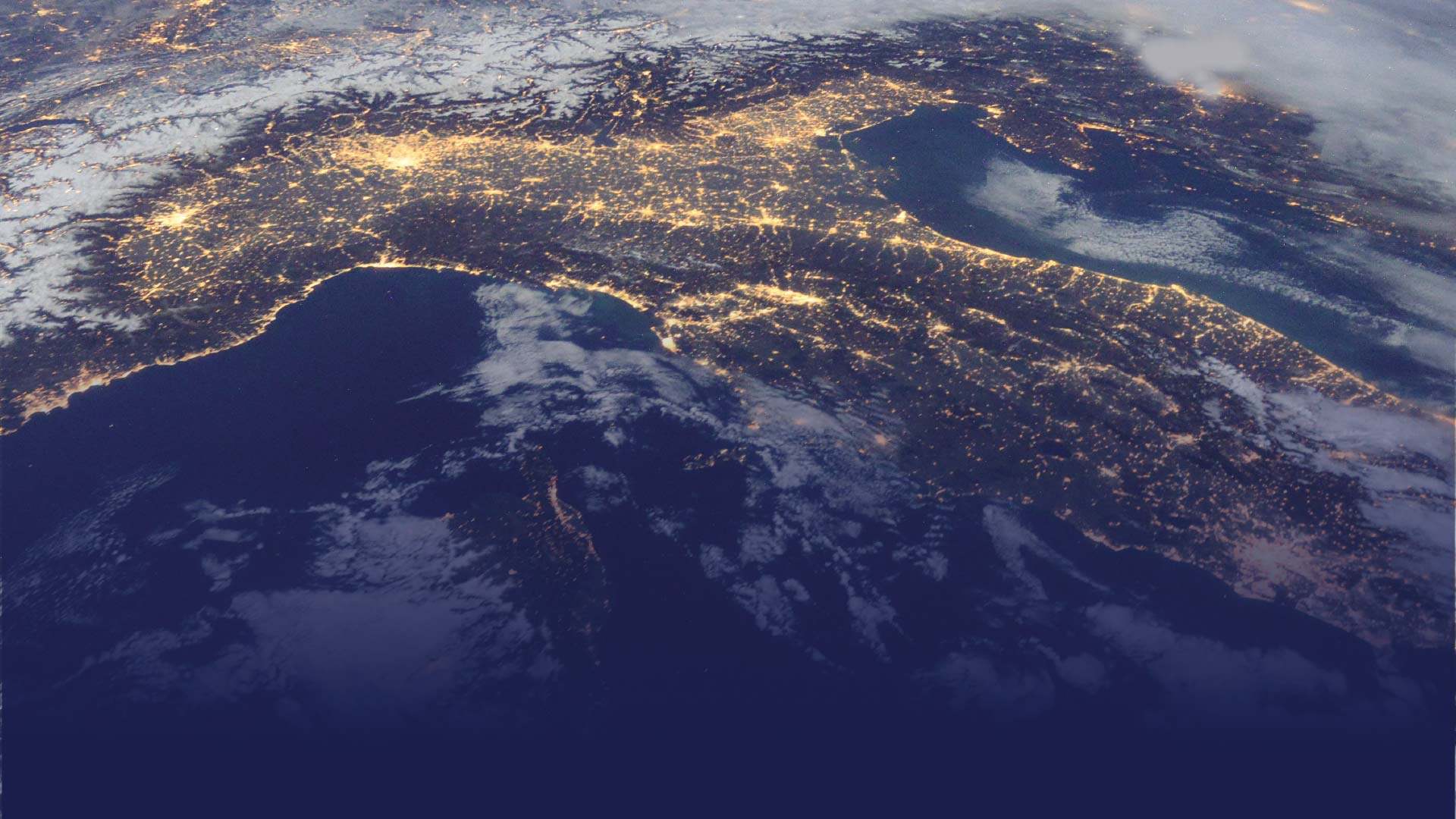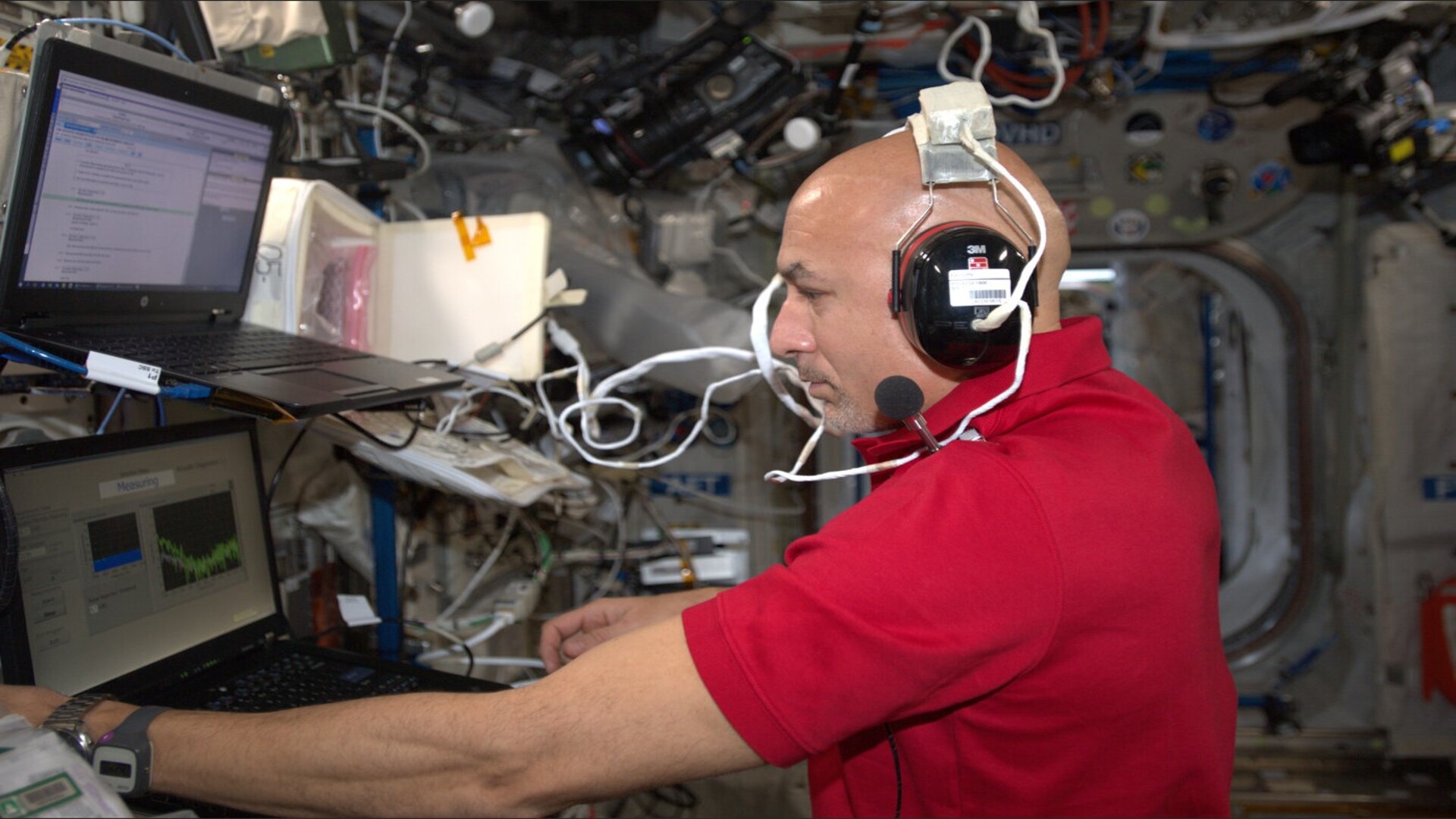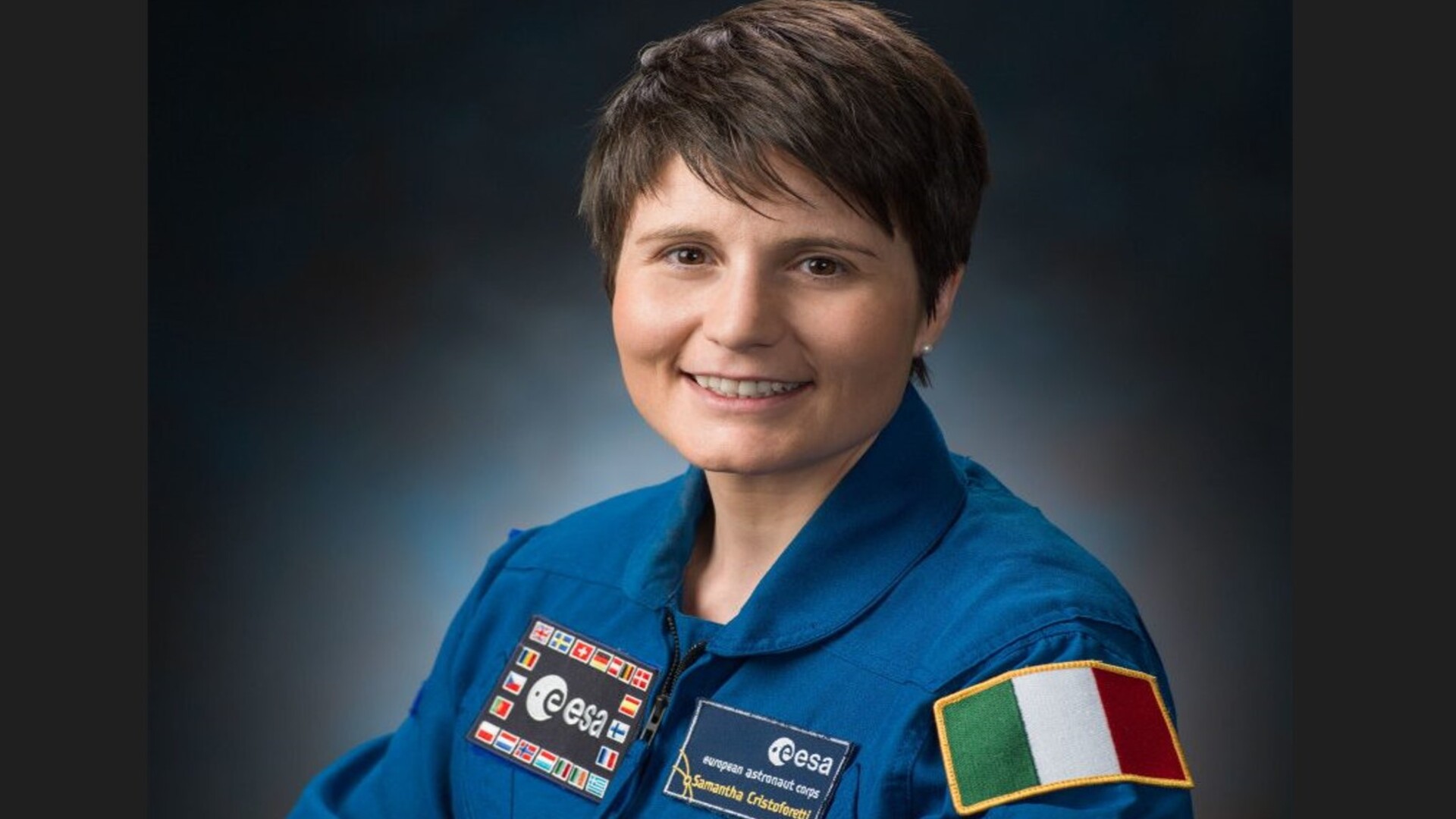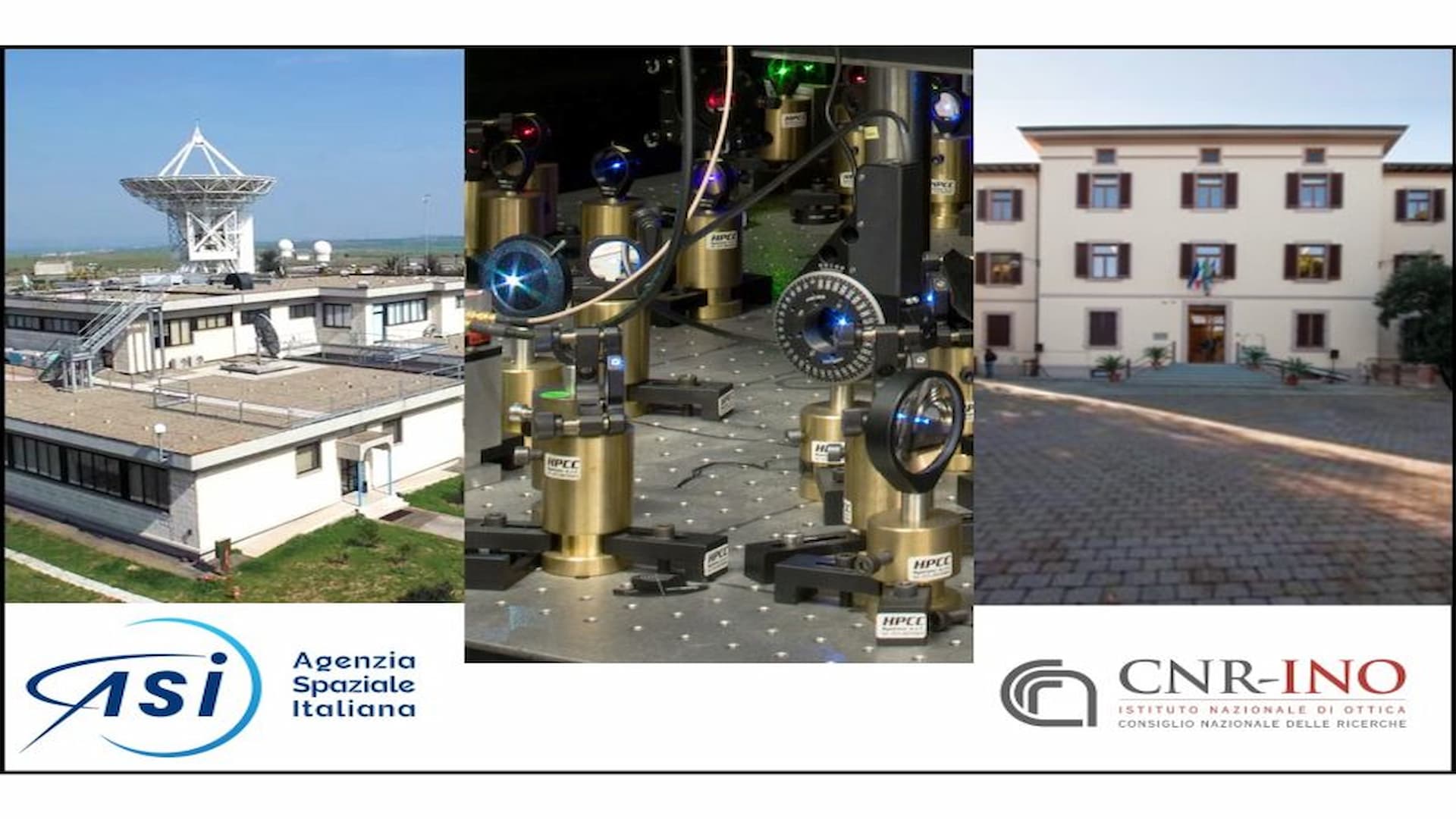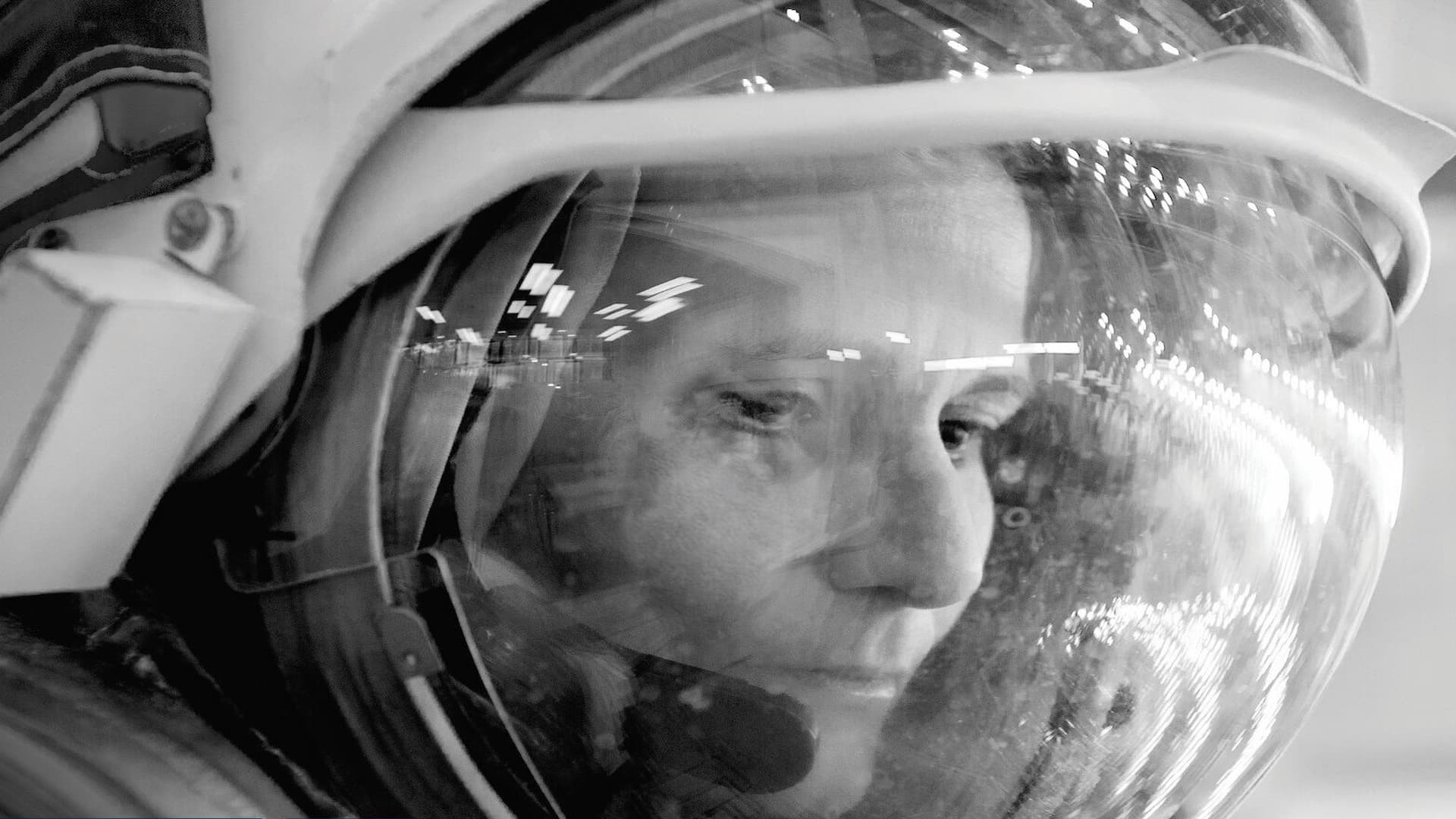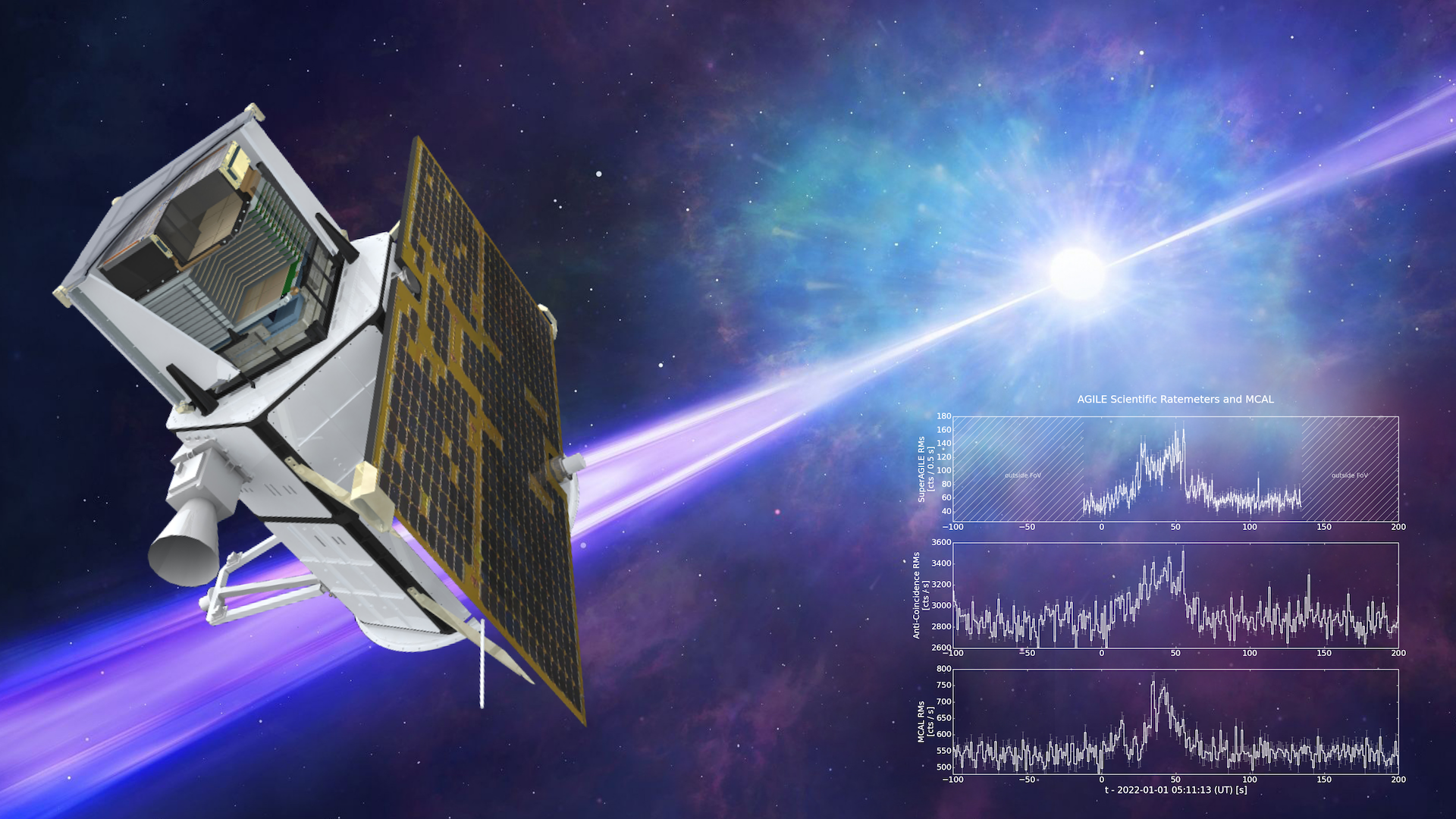Understanding proteins is basic to understanding the processes of living things. While we know the chemical formulae of proteins, learning the chemical structure of these macromolecules is more di cult. Mapping the three- dimensional structure of proteins, DNA, ribonucleic acid (RNA), carbohydrates, and viruses provides information concerning their functions and behavior. This knowledge is fundamental to the emerging eld of rational drug design, replacing the trial-and-error method of drug development. Microgravity provides a unique environment for growing crystals, an environment that is free of the gravitational properties that can crush the delicate structures of crystals. Currently, several test facilities are used to grow crystals.
The Advanced Protein Crystallization Facility (APCF) can support three crystal- growth methods: liquid-liquid di usion, vapor di usion, and dialysis. Liquid-liquid di usion was not used during Expedition 3. In the vapor di usion method, a crystal forms in a protein solution as a precipitant draws moisture in a surrounding reservoir. In the dialysis method, salt draws moisture away from the protein solution via a membrane separating the two, forming crystals. ESA has announced that due to potential di culties with the vapor di usion method that could cause experiment failure, it will no longer propose the use of this method with the APCF.
APCF-Rhodopsin was one of eight protein crystal investigations that was conducted in the Advanced Protein Crystallization Facility onboard the ISS during Expedition 3. Resolution of rhodopsin crystal structure needed to be improved in order to reveal essential details of ligand (extracellular substance that binds to receptors) structure and receptor activation and to function as a template for structure-based drug design within the G- coupled superfamily. No other structures were presently available. In order to achieve this purpose, APCF liquid-liquid reactors were modi ed to allow a novel crystallization technique to be used in microgravity, batch-under-oil, where the para n (an absorbent material) is added to silicone oil to enhance water transport out of the aqueous phase. As a result, both protein and precipitant ingredients concentrate together.

